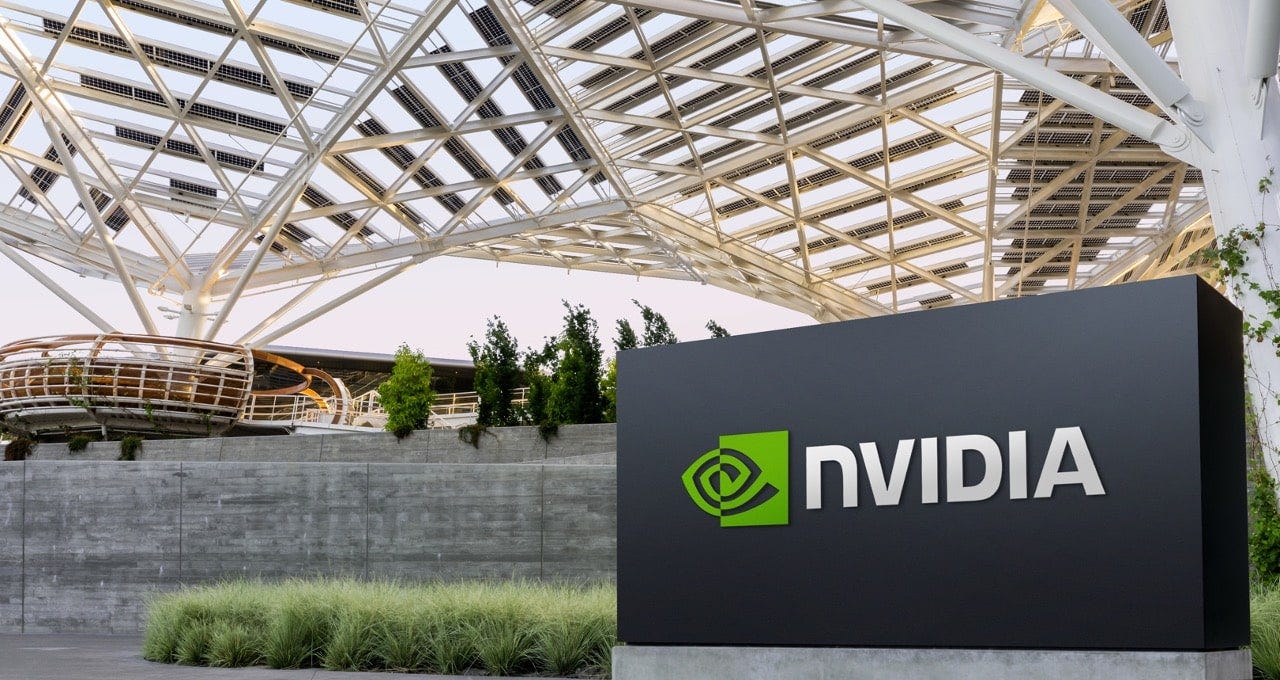NVIDIA’s MAGA Moment: Manufacturing American-Made AI to Make Supercomputing Great Again
Original Article by SemiVision Research(TSMC/Foxconn/Wistron/SPIL/Amkor)
Manufacture
American-Made AI Supercomputers
Great
Again
NVIDIA Officially Announces U.S.-Based Manufacturing of AI Supercomputers and Blackwell Chips
NVIDIA has officially announced its first collaboration with partners to establish manufacturing facilities in the United States for producing AI supercomputers and Blackwell chips. Over the next four years, NVIDIA plans to build up to $500 billion worth of AI infrastructure domestically.
In Texas, Foxconn is setting up a supercomputer manufacturing facility in Houston, while Wistron is doing the same in Dallas, both expected to reach mass production within 12 to 15 months.
In Arizona, the TSMC Phoenix fab has already begun producing Blackwell chips, with Amkor and SPIL responsible for advanced packaging and testing operations.
When examining TSMC’s Arizona site (TSMC AZ), it’s essential to understand that its current operations are centered around 4nm and 3nm process nodes, which primarily serve the growing demand for AI chips. These AI chips require high-bandwidth memory integration and heterogeneous chiplet architectures, making CoWoS (Chip-on-Wafer-on-Substrate) the go-to advanced packaging solution. According to insights from SemiVision Research, TSMC retains control over the CoW (Chip-on-Wafer) stage of the CoWoS process, due to its complexity and need for extremely high yield. However, for the oS (Wafer-on-Substrate) stage, the process has become increasingly outsourced, and many OSAT (Outsourced Semiconductor Assembly and Test) providers such as OAST are now capable of handling this phase effectively.
As AI chips push the limits of interposer size, the technical challenges of the CoW stage escalate, especially in areas such as thermal stress management, die alignment, and yield optimization. For example, CoWoS-L, a platform designed for heterogeneous integration, incorporates multiple dies and high-bandwidth memory into a single package, and requires additional molding processes to ensure mechanical integrity and module protection.
CoWoS-S, on the other hand, is constrained by reticle size limitations, making it more suitable for smaller or standardized chip packages. Meanwhile, CoWoS-R emphasizes RDL (Re-Distribution Layer) flexibility and scalability. It’s important to note that all members of the CoWoS family—whether S, L, or R—rely heavily on RDL, as it’s essential for maintaining signal integrity (SI) and power integrity (PI) in high-performance chip packages.
In summary, CoWoS has evolved far beyond conventional packaging techniques. It is now a strategic enabler for AI computing architectures, driving both performance and innovation across the semiconductor value chain.
NVIDIA will deploy several cutting-edge technologies to design and operate these facilities:
NVIDIA Omniverse is used to build digital twins of the factories
NVIDIA Isaac GR00T powers the development of automated manufacturing robots
AI and robotics technologies are fully integrated to optimize production workflows
Over the coming decades, this initiative is expected to create hundreds of thousands of jobs and generate trillions of dollars in economic value for the United States. Ultimately, NVIDIA aims to construct dozens of “AI factories”across the country.
Source: NVIDIA Blog – “NVIDIA to Manufacture American-Made AI Supercomputers in the U.S.”
NVIDIA and TSMC Collaboration: GPU-Accelerated TCAD Simulations with AI Integration
For Paid Members, SemiVision will discuss topics on
CUDA’s Central Role in AI Supercomputer Manufacturing
CUDA’s Role in the NVIDIA Omniverse Platform
CUDA’s Role in the Isaac GR00T Robotics Platform
AI + Robotics Integration: Optimizing Automation with CUDA
Strategic Advantages of CUDA in Scaling AI Factory Deployment
Long-Term Strategic Impact of CUDA on NVIDIA and the U.S. Economy







